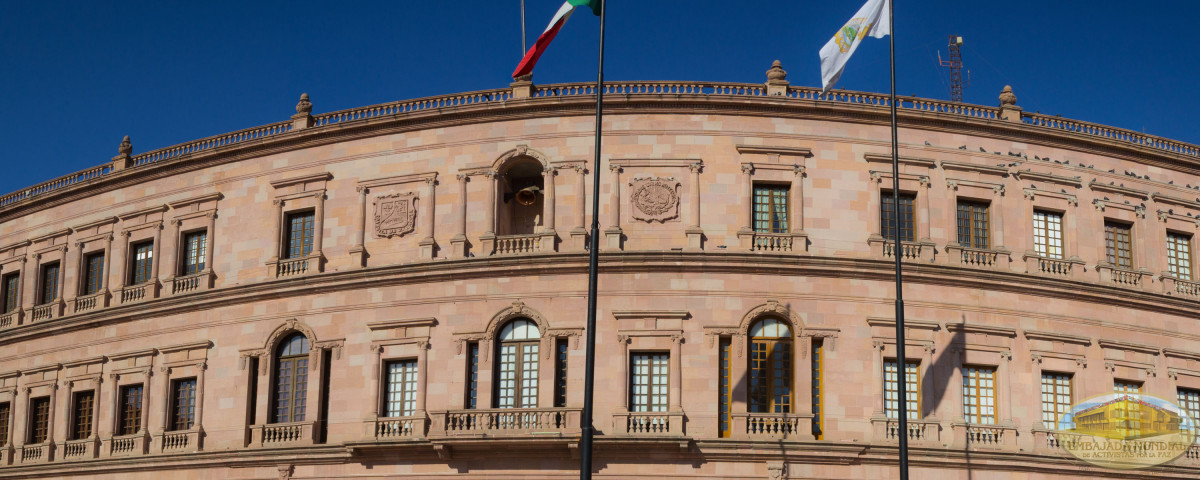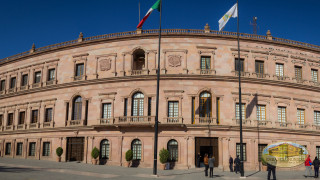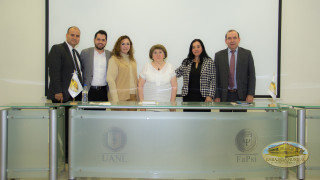“Traces to Remember”: Tribute to the survivors of the Shoah and in memory of its victims
Through the Resolution 60/7, the United Nations (UN) designated January 27 of each year as the International Day of Annual Remembrance in Memory of the Victims of the Holocaust.
For this reason, in Mexico the Global Embassy of Activists for Peace (GEAP) organized a tribute to the survivors of the Shoah and to the memory of all those who lost their lives during the Nazi persecution.
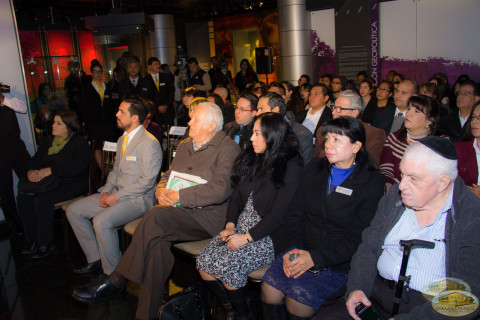 The ceremony was attended by distinguished personalities of the political and education field; among them, Alberto Aguirre, deputy of secretary of Government, representing the governor of the State of Coahuila: Rubén Moreira; Youth Secretariat: Carlos García; and director of the Museum of the Government Palace: Mina Garza.
The ceremony was attended by distinguished personalities of the political and education field; among them, Alberto Aguirre, deputy of secretary of Government, representing the governor of the State of Coahuila: Rubén Moreira; Youth Secretariat: Carlos García; and director of the Museum of the Government Palace: Mina Garza.
Also invited was the guest of honor Dolly Hirsh, Holocaust survivor along with her husband Eduardo Bestandig’ Patricia Domínguez, for the Commission on Human Rights; by the Israeli community of Monterrey, Holocaust teacher Mónica Szwarcer; president of historians, Arturo Berrueto; and representatives of the GEAP.
A minute of silence
The act began with a minute of silence. Then, the director of the Museum, Mirna Garza opened the ceremony with welcoming words to all attendees; during her lecture, she quoted a phrase from the executive president of the GEAP William Soto Santiago:
“Another genocide can be avoided if we raise awareness to the global population that we cannot be indifferent or passive before the current situation of intolerance and discrimination.”
Francisco Guerra, national coordinator of GEAP present the project “Traces to Remember”, which aims to keep the testimony of the survivors of the Holocaust alive as a way to prevent the most disastrous chapter in human history from repeating.
Keeping the testimony alive
Dolly Hirsch, Holocaust survivor, let the public know a part of what she lived with her family; she said that her mother left every morning hiding in a trash can and when she arrived at the extermination camp she got her out. She practiced this action because she decided that she would survive the protocols of life and death.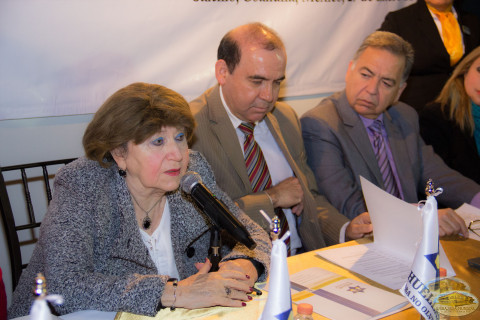
“I thought that was the natural way to live, I didn’t know there were other children. I want to tell you that I’m not a little animal, I am a human being with feelings. I had a head full of lice, I suffered from tuberculosis, so I could not bear children, but we adopted Ari and Lleana” Hirsch said.
Carlos García, representative of the Youth Secretariat said that young generations are obligated to know the story and must understand that there is a lot to be done.
García added: “By fostering education with principles, values and fighting against any kind of discrimination, these events will not be repeated.”
In honor of six million Jews
In order to remember the six million Jews who were persecuted and exterminated during World War II, candles were lit; Mónica Szwarcer was in charge of the act.
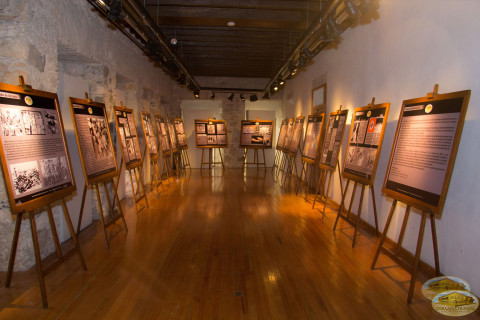 At the end of the ceremony, the commemorative act of the plaque of the project “Traces to Remember” was signed. Then the plaque of survivor Dolly Hirsch was unveiled.
At the end of the ceremony, the commemorative act of the plaque of the project “Traces to Remember” was signed. Then the plaque of survivor Dolly Hirsch was unveiled.
The plaque in the shape of the Star of David contains the palm prints of the survivor and her husband Eduardo Bestandig and is accompanied by a slide that presents a text with a brief description of what happened in the Holocaust.
To conclude, Aguirre Villarreal, representative of the governor of Coahulia said:
“Thanks to all the members of the GEAP for bringing this programs and project to our state, without a doubt it will help and form all coahuilenses.”
The participants participated in the ribbon cutting, an action indicating the Holocaust gallery was opened, where they showed 20 pictures that reflected a story that every human being should remember, teach and learn from her.
